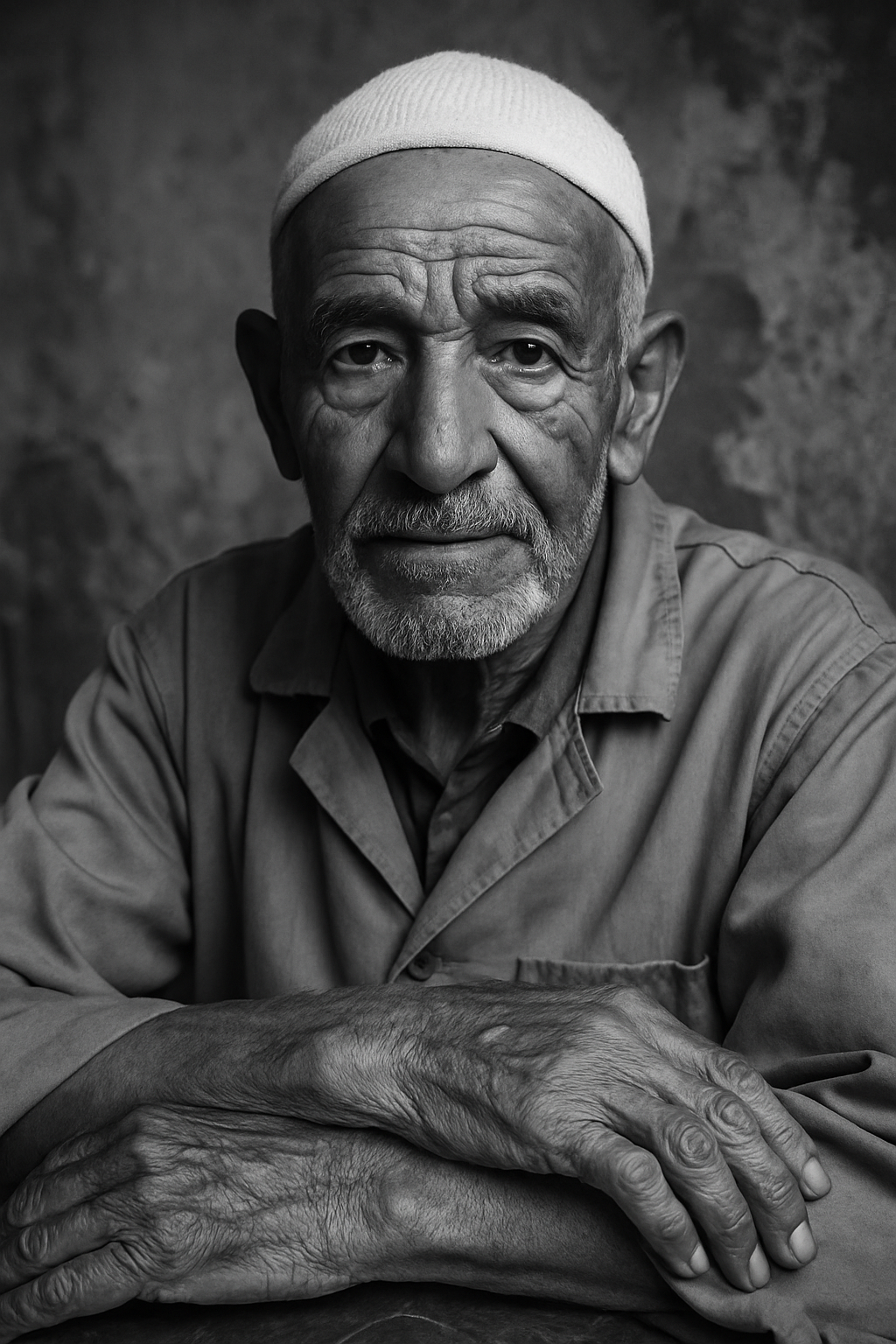Meet the Artisans: The Men and Women Keeping Moroccan Crafts Alive
When you walk through the souks of Marrakech, you are surrounded by an incredible display of artistry. But the true magic of a Moroccan rug, a leather bag, or a metal lantern isn't just in the object itself. It's in the hands, the history, and the heart of the person who created it.
These are the maalems—the master artisans of Morocco. They are not just shopkeepers; they are the guardians of a living heritage, practicing skills that have been passed down through their families for centuries. To understand their world is to understand the true soul of Morocco.
Let's meet some of the men and women who keep these traditions alive.

Fatima, The Weaver of the High Atlas
Her workshop isn't in a bustling souk, but in a quiet, sunlit room in a village cooperative high in the Atlas Mountains. Fatima sits before a large wooden loom, an object that has been the center of her world since she was a young girl learning at her mother's side.
Her hands, weathered and strong, move with a speed and precision that is mesmerizing. They don't follow a printed pattern; they follow a map that exists only in her mind. With each knot she ties, she weaves a story, using symbols her ancestors have used for generations—the diamond for protection, the zig-zag for the river of life. The wool she uses comes from the sheep that graze on the very mountains she sees from her window. For Fatima and the women of her cooperative, weaving is more than a job; it is their language, their history, and their connection to each other.
If you want to experience this artistry first-hand, join our authentic rug-making workshop in Marrakech, or start at home with the MyRugy Craft Box—both designed to honor the same traditions Fatima practices every day.
Hassan, The Leatherworker of the Medina
Hassan's workshop, or hanout, is a small, closet-sized space tucked away in the Souk Cherratine. The air is thick with the rich, earthy smell of tanned leather. Piles of dyed hides—saffron yellow, poppy red, cobalt blue—are stacked against the wall.
From his small stool, Hassan works from morning until evening, cutting, stitching, and tooling the leather with practiced ease. Today, he is making a pair of babouches. His knife glides through the leather, creating the iconic pointed shape. His awl pierces the material, and his needle and thread follow, creating a stitch that is both strong and beautiful. He learned this from his father, who learned it from his. For Hassan, every pouf, every bag, every slipper is a testament to this unbroken line of craftsmanship.
If you love authentic leather goods, discover our collection of handcrafted Moroccan slippers and leather goods at Kechart.
Youssef, The Zellige Master of Fes
Youssef is a maalem in the truest sense of the word. His expertise is in Zellige, the intricate art of mosaic tilework. His mind is a library of complex geometric patterns. He doesn't need computers or calculators; he understands the sacred geometry of this art form in his soul.
In his workshop, he oversees a team of artisans. Some are chipping away at glazed tiles with sharp-edged hammers, creating the tiny, perfect shapes that will form the mosaic. Others are laying these pieces face-down on the floor, assembling a giant, reverse puzzle from memory. Youssef walks among them, his eye catching the tiniest imperfection. For him, Zellige is not just decoration; it is a spiritual practice, a form of meditation where mathematics and beauty become one.

Ahmed, The Blacksmith of the Souk Haddadine
You hear Ahmed's workshop before you see it. The rhythmic tink-tink-tink of his hammer on metal is the heartbeat of the Souk Haddadine, the blacksmith's alley. In a small, dark space, illuminated by the glow of his forge, Ahmed transforms simple sheets of metal into magical lanterns.
With a hammer and a nail-like chisel, he patiently punches hundreds, sometimes thousands, of tiny, intricate holes into a piece of brass or tin. It is a work of immense patience. As he works, a simple, flat sheet of metal is transformed into a delicate, lace-like object that will soon cast intricate shadows on a Riad wall.
These artisans are the true guardians of Morocco's cultural heritage. While we can admire their work from afar, the most profound way to honor their craft is to engage with it directly. When you participate in an experience like the MyRugy workshop, you are not just learning a skill; you are sitting with a modern-day artisan, sharing a conversation, and becoming a small part of this living, breathing tradition. It transforms a simple craft into a powerful human connection.
For more stories about Morocco’s artisans and traditions, visit our blog and news section or read about our mission to keep these crafts alive.





